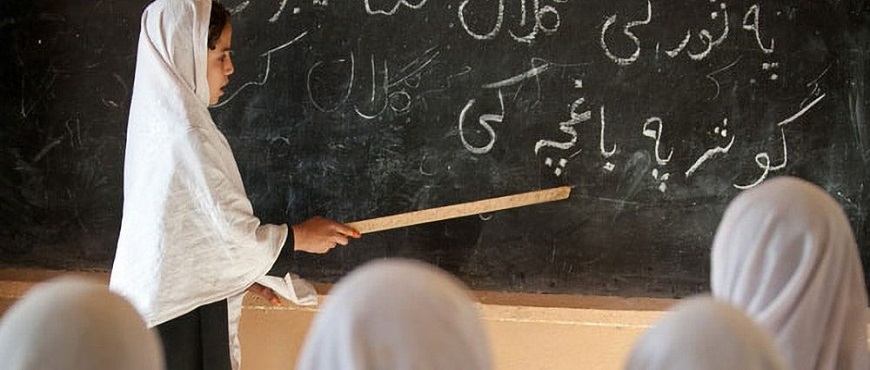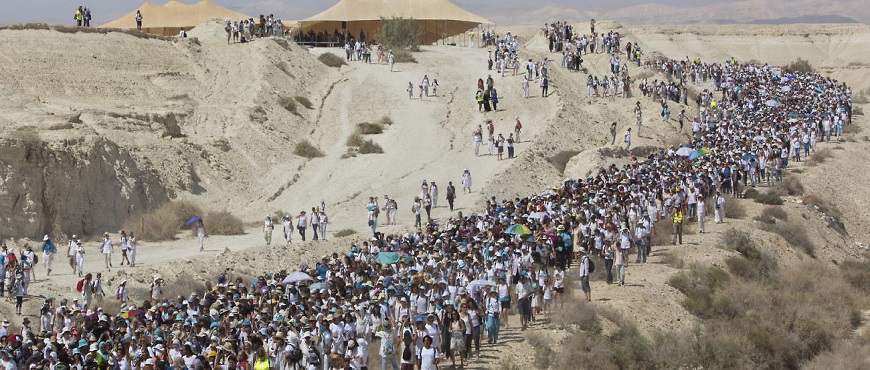Education For Peace: Top 10 Ways Education Promotes Peace
Over the holidays, we often see images of doves, that well known symbol of peace and tranquility, and we hear mentions of good will towards others and peace on earth. It’s as if hearts around the world soften during this time of year, and family, friends, and gratitude come to the forefront. It’s therefore a time to reinforce the power of education for peace.
Central Asia Institute works towards providing education for girls and women for a number of reasons. Girls’ education has proven to significantly impact a woman’s future, and also the future of her family and her entire community. The reasons to promote education range from a reduction in infant and maternal mortality and child marriage to a reduction in malnutrition and domestic and sexual violence (for more on this, read The Top 10 Reasons to Support Girls’ Education). But there’s one important reason that seems to be extremely pertinent during the holiday season.
Education promotes peace.
Education has been touted as one of the most powerful tools we can implement in our global efforts to promote world peace. Here’s a look at the top 10 ways education promotes world peace.











